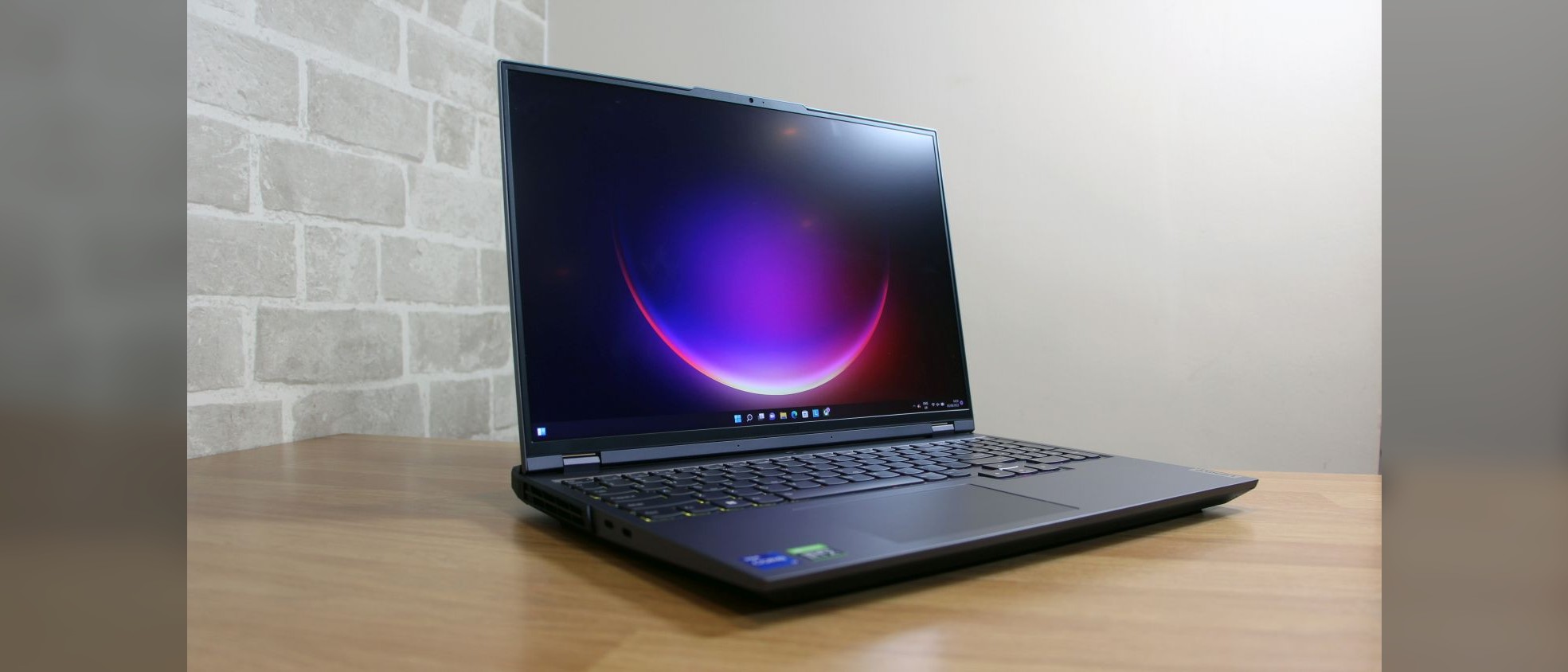Live Science Verdict
The Lenovo Legion 5i Pro has ample power for programming, coding, and games alongside a good keyboard and screen – all for a great price. It’s not slim or light, though, and battery life is poor.
Pros
- +
Loads of computing and gaming power
- +
Impressively low pricing
- +
Great keyboard and loads of connectivity
- +
High-resolution display with good quality
Cons
- -
Large, heavy chassis
- -
Underwhelming battery life
- -
Screen can’t handle high-end workloads
Why you can trust Live Science
CPU: Intel Core i7-12700H or Core i9-12900H
GPU: Nvidia GeForce RTX 3060/3070/3070 Ti
RAM: 16 GB or 32 GB
Storage: 512 GB or 1 TB
Screen size: 16 in 2560 x 1600 IPS
Weight: 5.4 lbs (2.49 kg)
Dimensions: 14.7 x 10.4 x 1.05 in (360 x 264 x 27 mm)
Lenovo has a long history of great business laptops and a newer reputation for top-notch gaming hardware, so it’s no wonder that the Lenovo Legion 5i Pro tries to straddle both worlds. That might sound odd on paper, but it makes sense – lots of people use gaming laptops for work as well as play because they include powerful components.
A machine like the Lenovo Legion 5i Pro has the sort of high-end internals that will scythe their way through programming and development, and it’s got the power for after-hours gaming too. There’s lots to like elsewhere, from an immersive 16-inch display with a high resolution to impressive connectivity.
Prices for this rig start at $2,079 in the U.S. and £1,799 in the U.K., and those are reasonable figures considering the hardware inside even the entry-level Lenovo Legion 5i Pro. But can Lenovo’s latest laptop justify a place in our run-down of the best laptops for coding and programming?
Lenovo Legion 5i Pro review: Design & Features
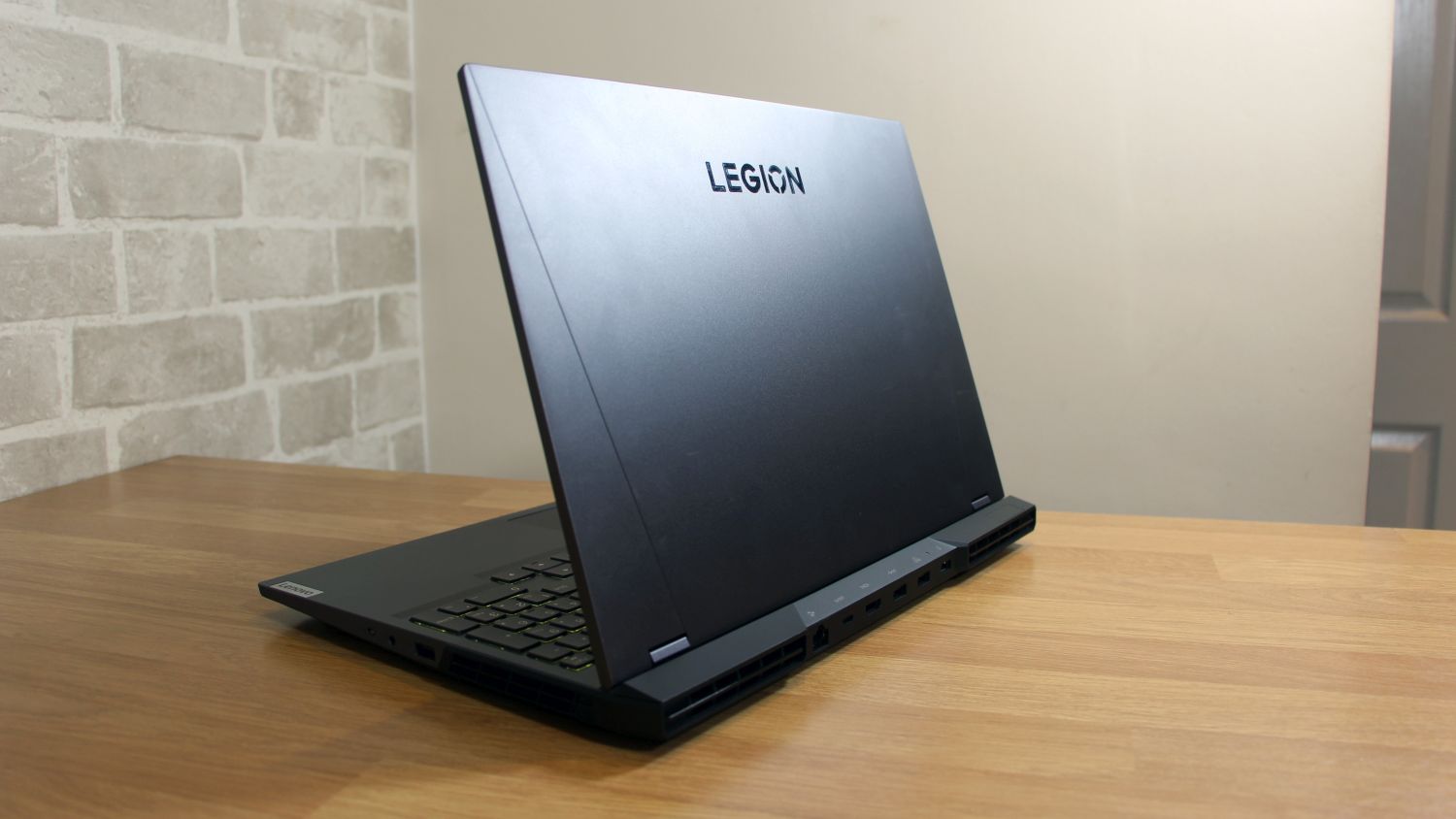
- A mature exterior with loads of connectivity
- A fast, responsive keyboard with a number pad
- A body that’s thicker and heavier than most rival machines
The Lenovo Legion 5i Pro doesn’t look as outlandish as many other gaming laptops, and that’s not necessarily a bad thing – it’s a sleek rig made from dark aluminum, and its mature looks bode well when you may have to jump between an office and a LAN party.
You’ll find plenty of connectivity alongside the subtle looks. On the left-hand side there are Thunderbolt 4 and USB-C 3.2 Gen 2 connectors, both of which tackle DisplayPort and power delivery, and on the right-hand side there’s a full-size USB port. On the rear there’s another USB-C port that adds power delivery alongside two more USB 3.2 Gen 1 ports, one of which is always on for device charging.
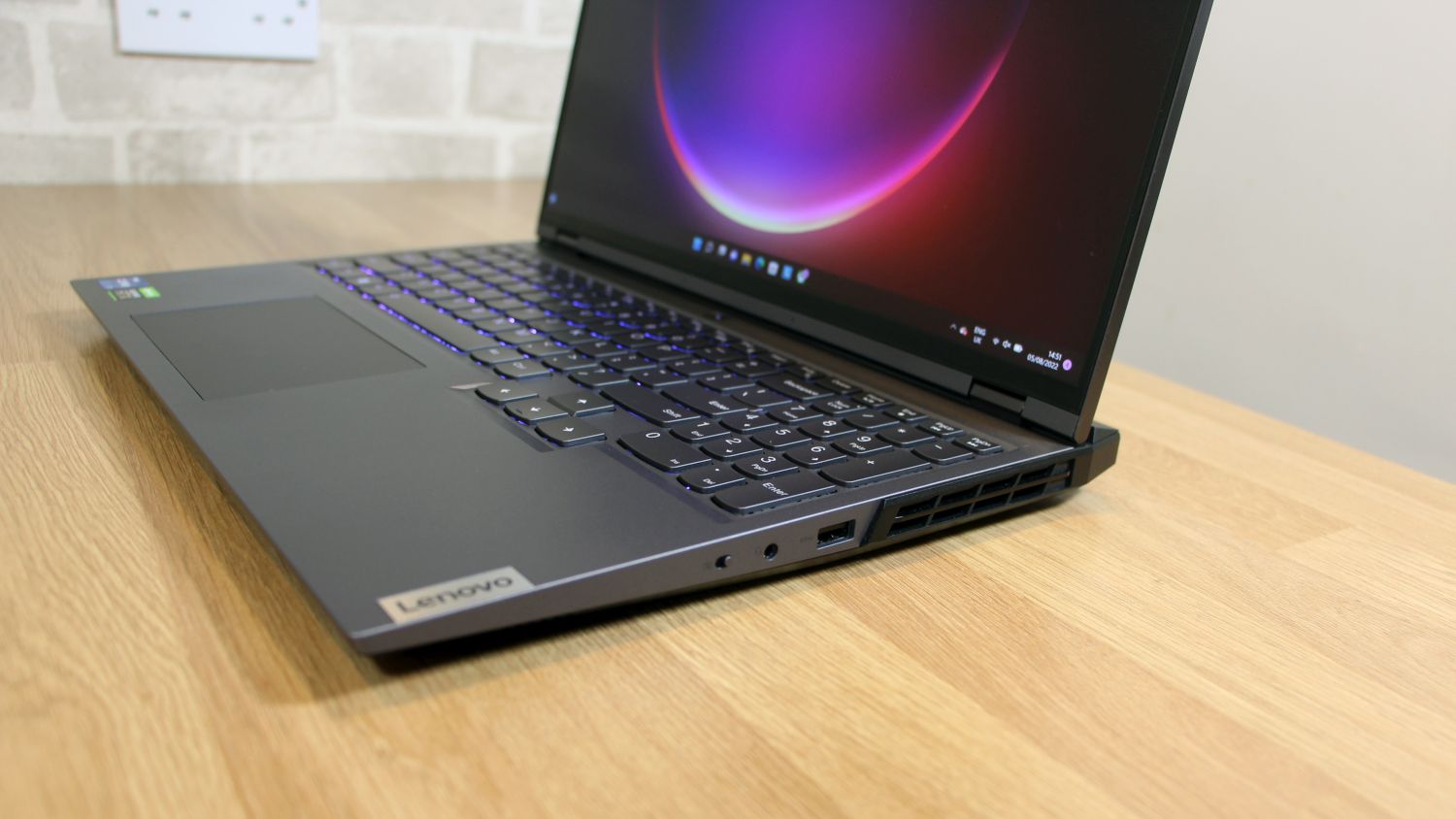
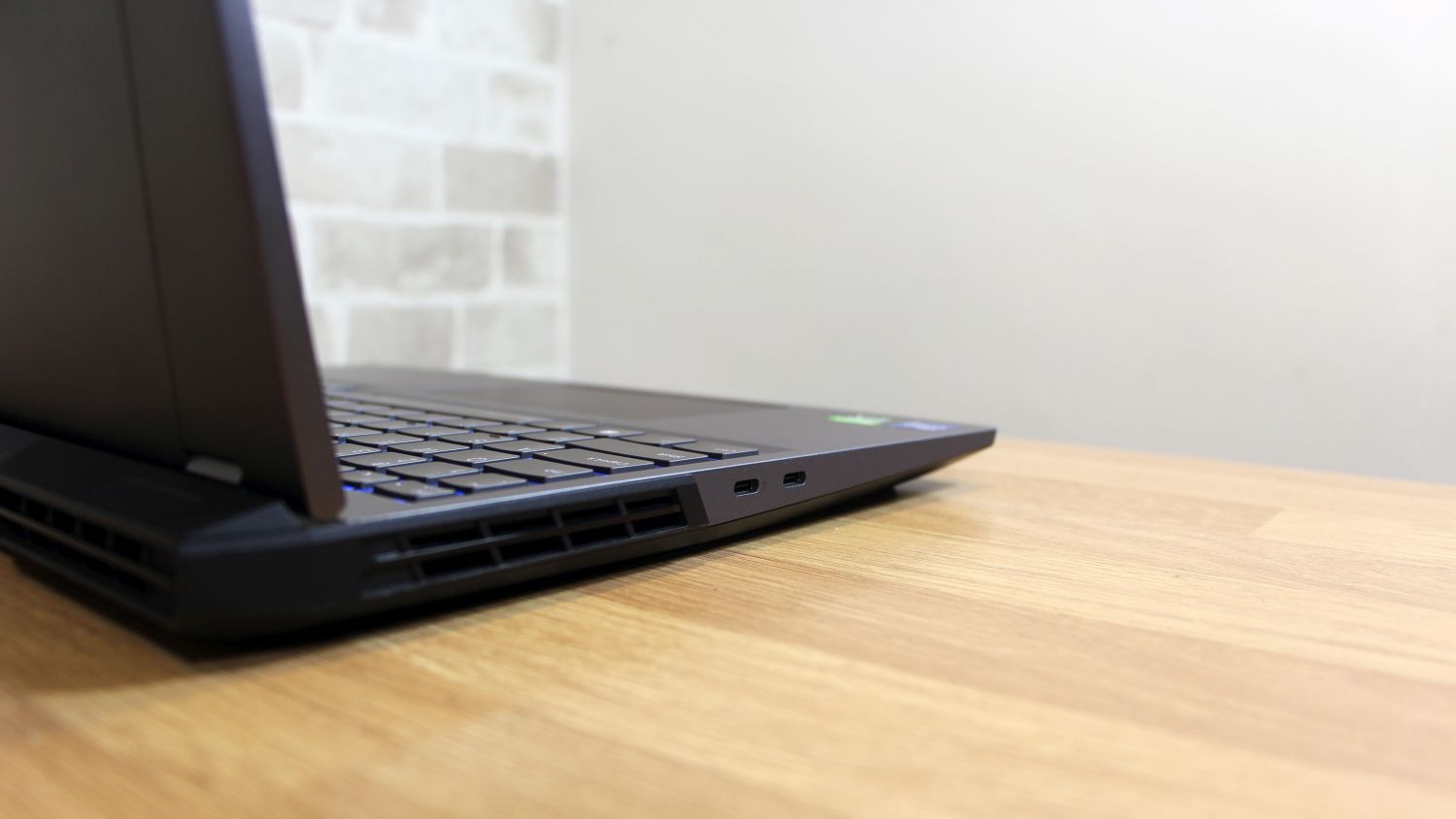
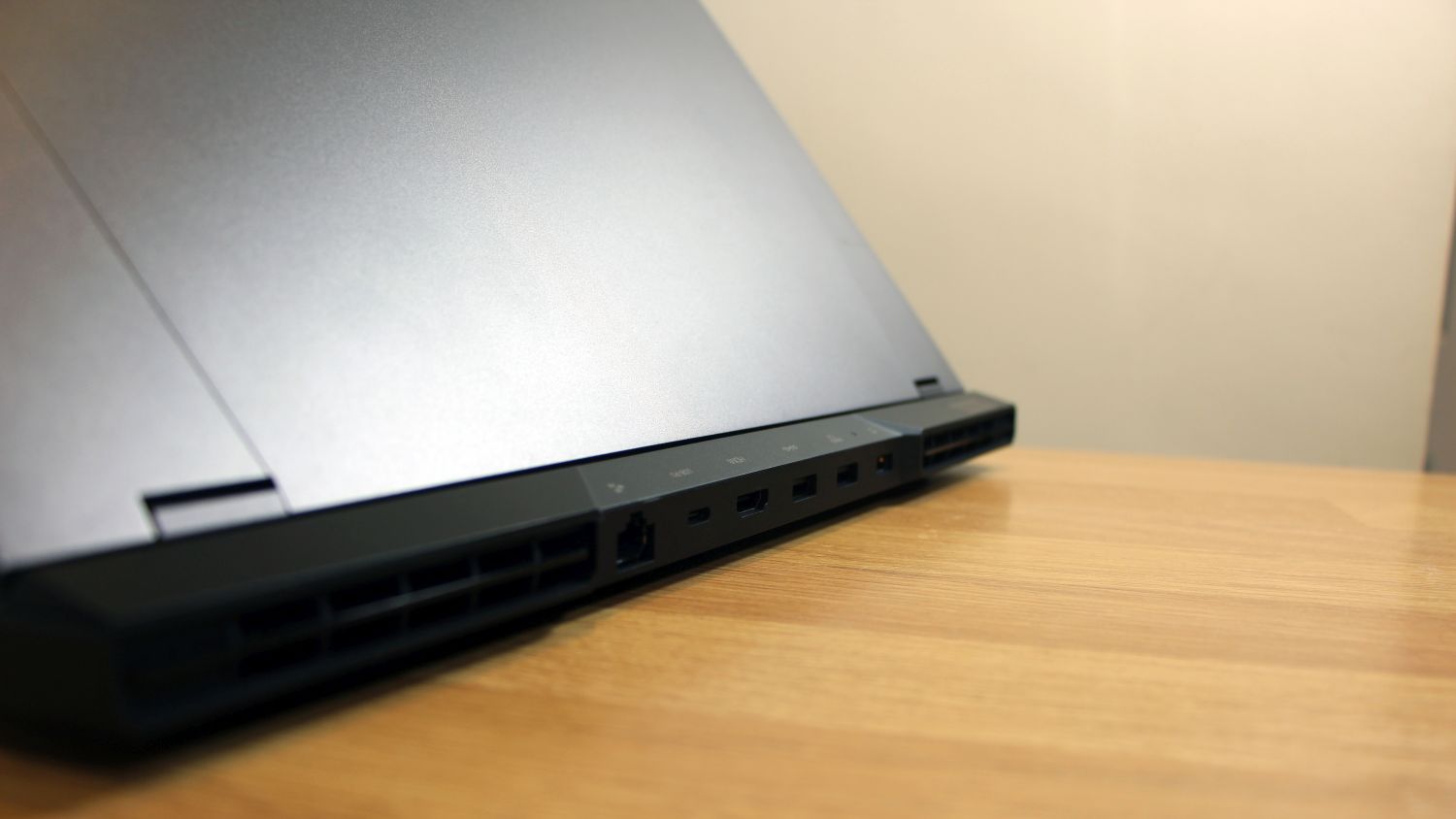
Elsewhere there’s an HDMI 2.1 port and a webcam with a privacy shutter, and on the inside there’s Gigabit Ethernet, dual-band 802.11ax wireless, and Bluetooth 5.2. And, throughout, the entire rig is very sturdy.
There’s not much missing, although it’s a shame the Legion doesn’t have biometric sign-in options – the webcam doesn’t support Windows Hello and there’s no fingerprint reader.
The practicality continues to the keyboard. Its base is solid, and the buttons are fast and crisp. There’s a number pad, and you get that sweet RGB LED backlighting. It’s an excellent typing unit. The trackpad isn’t as good: it’s spongy and placed awkwardly on the left-hand side of the laptop. We’d recommend using a USB mouse instead.
The only other design issue comes on the scales. The Lenovo’s 16-inch frame is 1.05 inches (27 mm) thick and weighs 5.4 lbs (2.49 kg), so it’s heavy compared to rivals. The Dell XPS 15 and Apple MacBook Pro 16, for instance, hover around 4.4 lbs and are both less than 0.75 inches (19mm) thick.
Lenovo Legion 5i Pro review: Specs & Performance
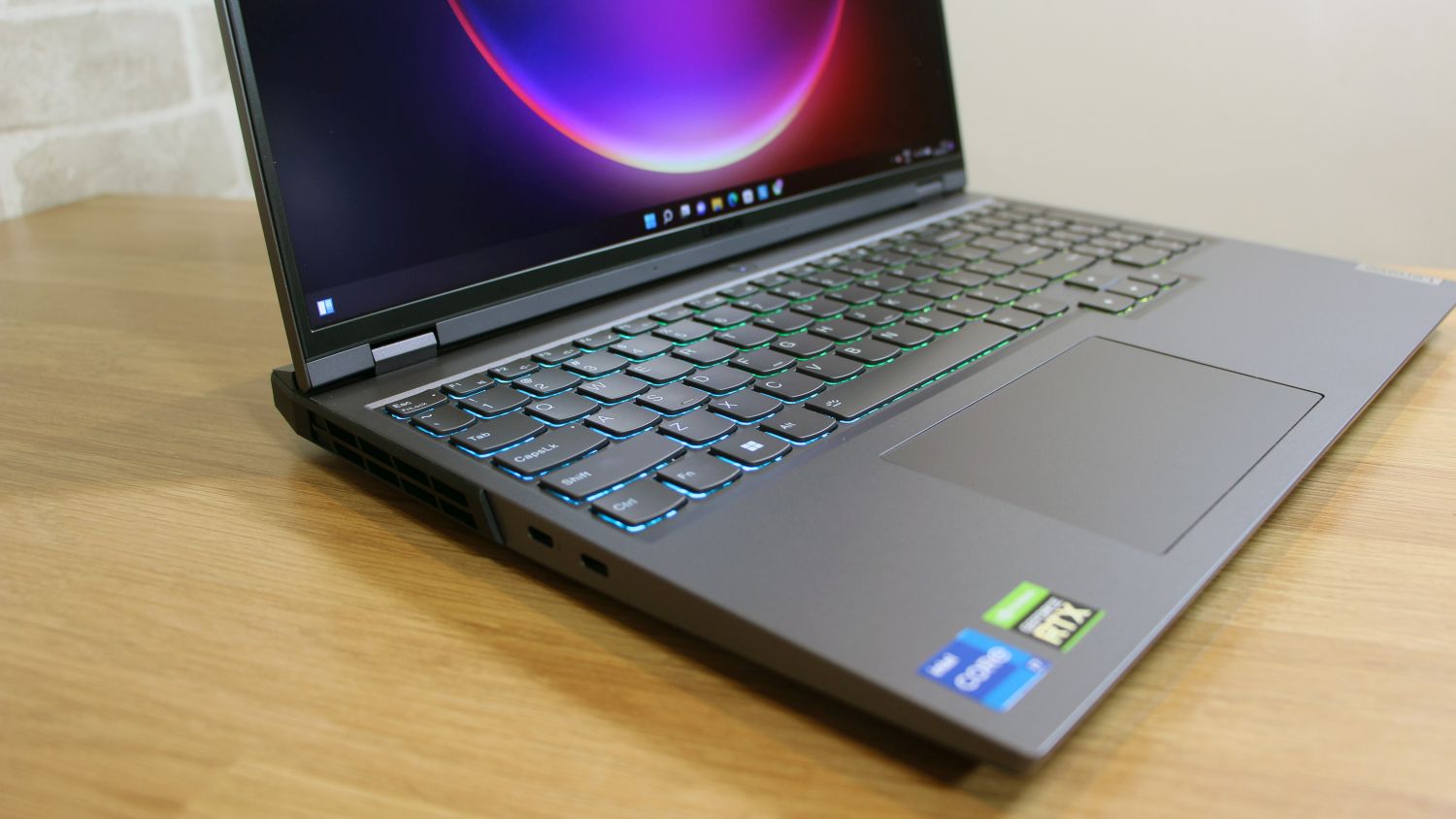
- Heaps of processing and gaming power available from all specifications
- Decent thermal performance, too – the Lenovo isn’t too hot or loud
- Intel’s processors compete well with rival chips from Apple and AMD
Even the entry-level Lenovo offers ample power for programming, development, and gaming. The $2,079/£1,799 model includes an Intel Core i7-12700H processor, which has eight cores and a top speed of 4.7 GHz – it’ll hammer through virtually all content creation and development tools.
The Core i7 chip is faster than AMD’s equivalent processors and it outpaces the Apple M1 and M2 CPUs in loads of important tasks, too. You’ll only get more grunt if you opt for the Core i9-12900H, and it’s available in the Lenovo’s £1,999 model. Sadly, the Core i9 version isn’t currently available in the U.S., and you’ll only need that CPU if you want to run really challenging software.
There’s plenty of power on the graphics side, too. The entry-level model includes an Nvidia GeForce RTX 3060, which is a mid-range core with 6 GB of dedicated memory. It’ll play the top single-player games at smooth framerates without much tinkering, and it’ll handle esports games at the speeds required by the 165 Hz display.
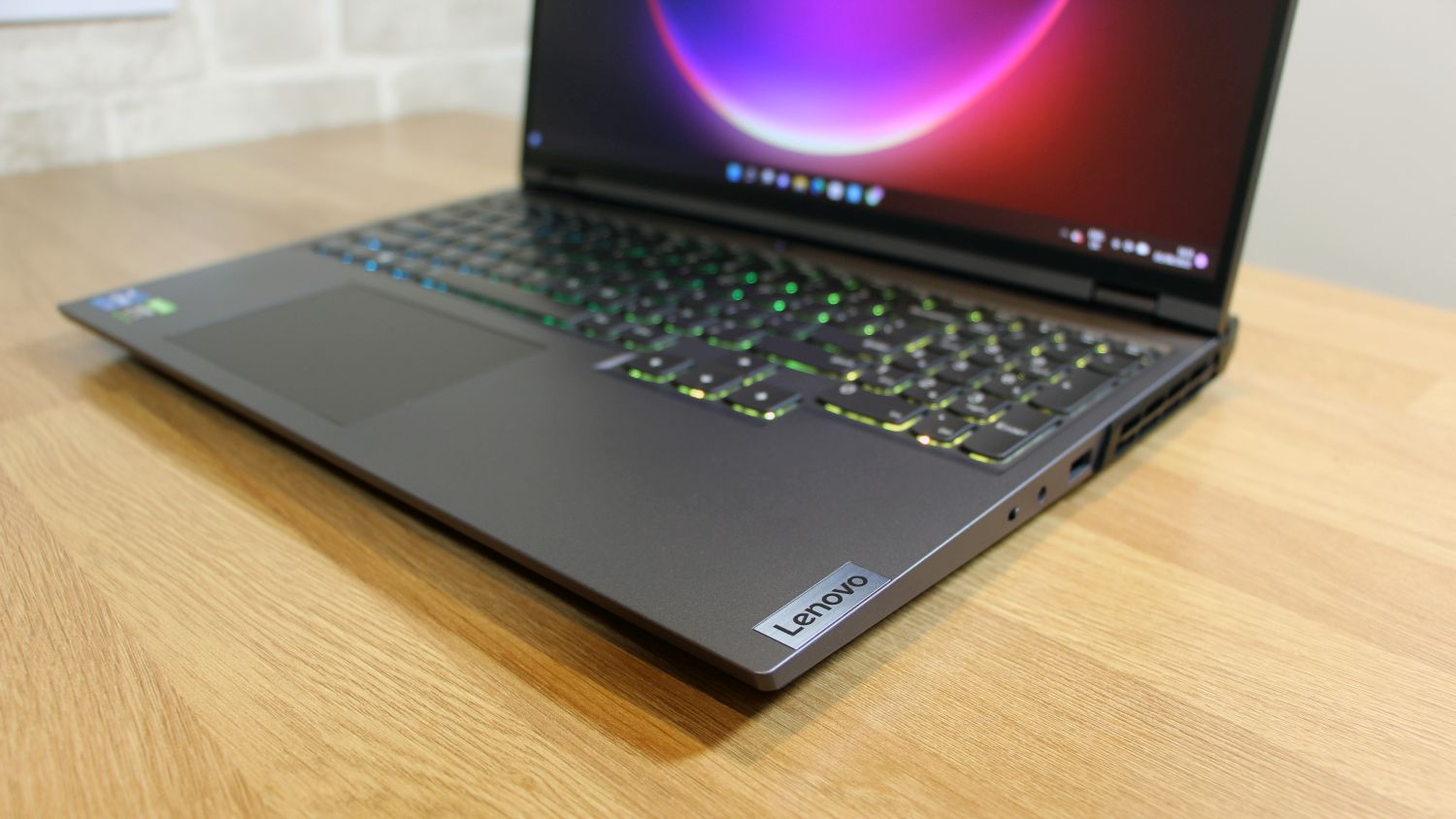
It’s also capable of tackling graphical workloads, including content creation and rendering. As with the processor, you’ll only need something beefier if you need to run really demanding software.
Happily, Lenovo has you covered. The firm’s $2,599/£1,899 model combines the Core i7 processor with Nvidia’s GeForce RTX 3070 Ti. It’s a far more powerful core, and it’ll run every game at top settings for years into the future – and it’ll take on those tougher workloads. The Core i9-12900H laptop uses the RTX 3070, which just sits behind the RTX 3070 Ti and delivers similar performance.
The Lenovo Legion 5i Pro is sold with either 16 GB or 32 GB of memory – the former is fine for everyday workloads while the latter is better for programming. There are 512 GB and 1 TB SSD options, and if you’re comfortable with upgrades there’s a second SSD slot inside.
The Legion isn’t particularly hot or loud, either. There’s certainly fan noise if you push the internals, but it’s never distracting. And while the underside does get hot, 16-inch portables tend to sit on desks rather than laps – so that’s not a problem.
Lenovo Legion 5i Pro review: Screen & Speakers
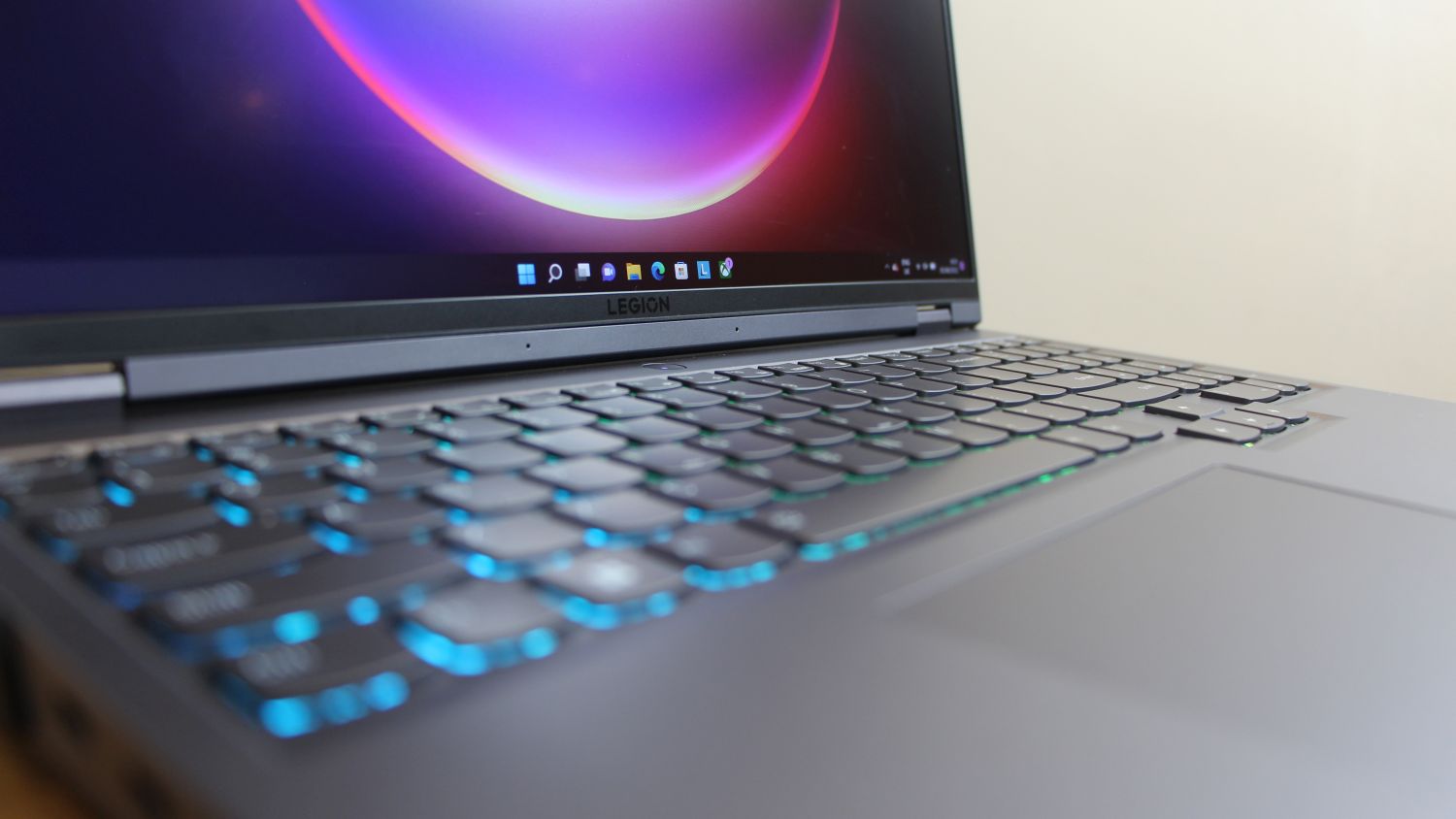
- Generous resolution and aspect ratio create an immersive experience
- Quality levels are good for mainstream work, with loads of brightness and great contrast
- Doesn’t have the color breadth for HDR and Adobe-based workloads
An increasing number of laptops, including the Lenovo, now use a 16:10 aspect ratio rather than the conventional 16:9. That’s great because it gives users more vertical space, which increases usability – you’ll have more space in browser windows and apps and you’ll see more of your games.
The 16-inch diagonal adds immersion when compared to traditional 15.6-inch displays, and the 2560 x 1600 is crisp – games and apps look sharper than on 1080 p panels.
The Lenovo’s peak brightness level of 476 nits means this laptop can be seen indoors and outside, and the contrast ratio sits at nearly 1200:1 – so there’s plenty of vibrancy. The delta E of 2.11 means colors are accurate, and the panel renders almost all of the sRGB gamut.
For mainstream gaming, development, and programming the Legion’s screen works well. Bear in mind, though, that it doesn’t have the gamut ability to handle the DCI-P3 or Adobe RGB color spaces, so the Legion is not suitable for working in HDR environments or in Adobe’s design tools.
The speakers are muddy in the mid-range and the bass could be more distinct. A headset would be better if you want to enjoy audio. That said, they’re fine for background music and everyday gaming.
Lenovo Legion 5i Pro review: Battery life
- As with most gaming laptops, expect an hour or two of longevity at peak performance
- You’ll get four to seven hours in less-demanding situations
It might take inspiration from its professional stablemates, but the Lenovo Legion 5i Pro’s battery life sits firmly in the gaming camp.
In a modest work benchmark the Lenovo lasted for four hours and it ran video for seven hours. So, as with most other gaming laptops, expect half a day of use if you don’t push the hardware. But, if you want to play games the Legion will run out of juice after an hour, and in tougher work applications it’ll manage two hours of use.
Lenovo Legion 5i Pro review: Price
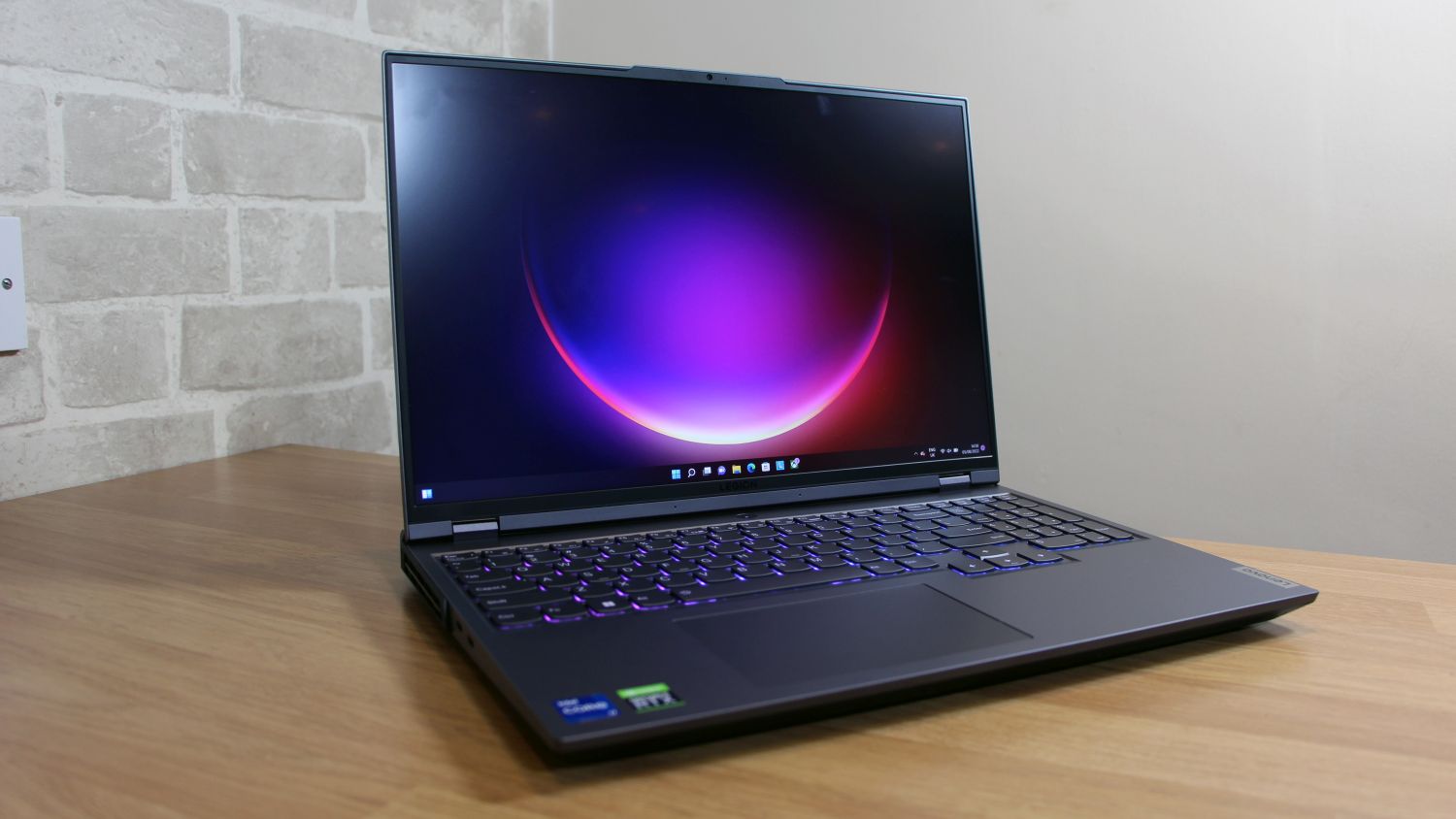
The Lenovo Legion 5i Pro offers good value when compared with other laptops that are suitable for gaming and work, like the Alienware x15 R2.
At time of writing, the entry-level Lenovo with the Core i7-12700H and RTX 3060 costs $2,079 in the U.S. and £1,799 in the U.K., and an equivalent Alienware costs $2,149 and £2,049. Step up to the RTX 3070 Ti and the situation remains the same: the Lenovo sits at $2,599 and £1,899 while the Alienware soars beyond $2,600 and £2,000.
Those prices compare well to the MacBook Pro 16, too, which starts at $2,499 or £2,399. Those laptops are slimmer and lighter than the Lenovo, and they have fantastic Retina displays alongside better battery life – but there’s no denying their higher prices.
Another one of our favorite programming laptops is the sleek, light, and longer-lasting Dell XPS 15. Its entry-level prices are more comparable with the Lenovo, but it does get very expensive if you add 4K displays and it doesn’t have high-end graphics options.
Beyond this, our choice programming and coding laptops are devices like the Microsoft Surface Laptop 4 and HP Envy x360 13. They’re cheaper and smaller than the Lenovo, and with better battery life – but they’re far slower.
Should you buy the Lenovo Legion 5i Pro?
If you want a powerful laptop for programming, coding, and gaming at a good price then you should consider the Lenovo Legion 5i Pro. Its processors are excellent, it’s available with great graphics cores, and it can also be configured with 32 GB of memory.
Elsewhere, it’s a mixed bag. The Lenovo has a good keyboard, plenty of connectivity and a decent high-resolution display, but its battery life is poor and the chassis is bulky. The display also can’t handle workloads outside of the sRGB gamut.
Ultimately, if you want loads of power for programming, coding, and gaming then the Lenovo Legion 5i Pro delivers the goods for relatively affordable prices – but if you want longevity or high-end finesse, you’ll need to look elsewhere.
If this laptop isn’t for you?
That Dell XPS 15 is the best alternative on Windows – it’s often a bit pricier than the Lenovo, but it’s sleeker, lasts longer away from the mains, and provides loads of processing power. And if you want to enjoy gaming, too, consider the Alienware x15 R2.
Away from Windows, the Apple MacBook Pro 16 remains fantastic. While the M1 chips can’t always compete with Core i7 and Core i9 silicon, they’re still very fast – and Apple’s laptops are slimmer, lighter, and longer-lasting than the Lenovo.
Or, if you’re after something for your studies, then the best laptops for students might be a bit kinder to your wallet.
Mike is a freelance technology journalist and consultant who is fascinated with gaming, futuristic technology and motorsport. Previously, Mike has worked as a writer for PC Pro magazine writing and published articles on technology for many other media outlets, including TechRadar, Wired, PC Advisor, Stuff, The Inquirer and Red Bull Gaming.
